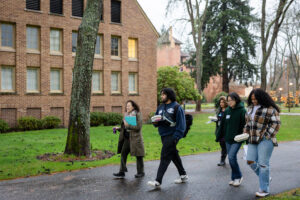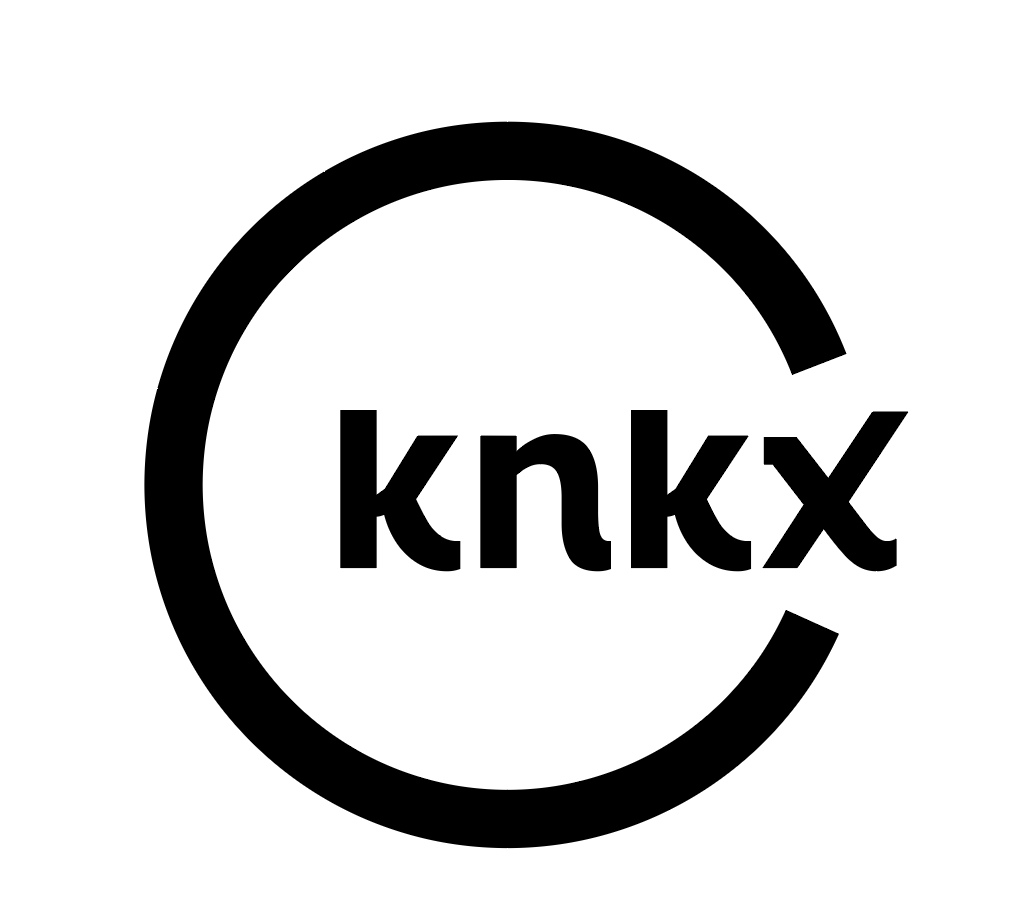At the Foundation for Tacoma Students (FFTS), we firmly believe that policy strategies aimed at increasing postsecondary enrollment rates should prioritize improving the uptake of existing financial aid and expanding financial aid programs.
According to a July 2023 Gallup survey, only 36 percent of Americans expressed a “great deal” or “quite a lot” of confidence in higher education, down from 57 percent in 2015 and 48 percent in 2018. These numbers may seem alarming, especially for policymakers working toward achieving our 2030 goal. It’s easy to imagine education advocates reading these statistics and feeling disheartened, questioning the value of their efforts to increase access to financial aid, provide counseling and mentoring to students, and streamline administrative processes when the public’s faith in higher education appears to be waning.
However, it is crucial not to succumb to a defeatist attitude and recognize that public opinion regarding higher education is more complicated. Moreover, this complexity highlights areas where we can direct policy strategies to address concerns more effectively.
What We Know About Public Opinion and Higher Education
In a recent New York Times article titled “Americans are Losing Faith in the Value of College. Whose Fault is That?” author Paul Tough delves into the concerning decline in Americans’ confidence in higher education. Tough’s article effectively highlights cost as the primary reason for the decline in confidence in higher education. He presents data indicating that the lifetime wealth benefits of pursuing education beyond high school declining, especially when this education comes with the burden of substantial student debt. This data aligns with our research and that of our peers, which consistently identifies the cost of postsecondary education as the most significant challenge for prospective students, current learners, and individuals who have discontinued their education or training after high school.
Several other surveys, including those conducted by Gallup, show that Americans do still value a college degree. In fact, a Gallup survey released just a month before the one cited by Tough found that 71 percent of currently enrolled college students strongly agree or agree that the degree they are pursuing is worth the cost. Furthermore, 75 percent of currently enrolled college students and prospective students report that a college education is at least as important today as it was 20 years ago.
Our local data supports these national surveys. A 2019 report from the Road Map Project revealed that 96 percent of surveyed King County students aspire to attend college to pursue fulfilling careers. A 2022 statewide survey also indicated that 55 percent of respondents believe they will be better off if they complete a postsecondary credential.
The implication for policy is thus twofold:
1. Recent survey data and research do not provide consistent evidence for the blanket statement that people are losing faith in higher education.
2. To the extent that individuals are losing confidence in college, it predominantly revolves around concerns related to the cost and debt—real or perceived—as well as questioning the “return on investment” of a college degree.
The Policy Response: Financial Aid Is A Proven Blueprint
To fully leverage existing financial aid programs, it’s essential for students to complete the Free Application for Federal Student Aid (FAFSA) or the Washington Application for State Financial Aid (WASFA). Completing the FAFSA unlocks financial aid opportunities, including federal Pell Grants, which are need-based awards that do not need to be repaid. Notably, FAFSA completion is strongly correlated with higher rates of postsecondary enrollment, especially for students from lower-income households.
In the class of 2023, Washington achieved a FAFSA completion rate slightly above 44 percent. While this is below the national completion rate of 58.2 percent, we are the third-ranked state in terms of growth in FAFSA completion. While this growth is promising, a comparison with a national leader like Louisiana, where FAFSA completion rates stand at 70.7 percent, highlights the potential for improvement. Failing to do so leaves money on the table, which could make all the difference for students in obtaining a postsecondary credential. A report from January 2022 revealed that nationally, $3.75 billion in Pell Grant dollars went unclaimed for the class of 2021. In Washington, we allowed more than $60 million in federal Pell Grant dollars to go unused in 2021.
In the upcoming months, we will delve further into specific and actionable policy strategies that Washington should pursue to increase FAFSA and WASFA completion rates. This focus will also be a major priority for us during the 2024 State Legislative Session.
While headlines may suggest a decline in confidence in higher education, the reality is more nuanced. People still value higher education, but concerns about cost and debt are driving skepticism. By focusing on affordability and expanding financial aid programs, we can help ensure that higher education remains accessible and valuable for all.
















